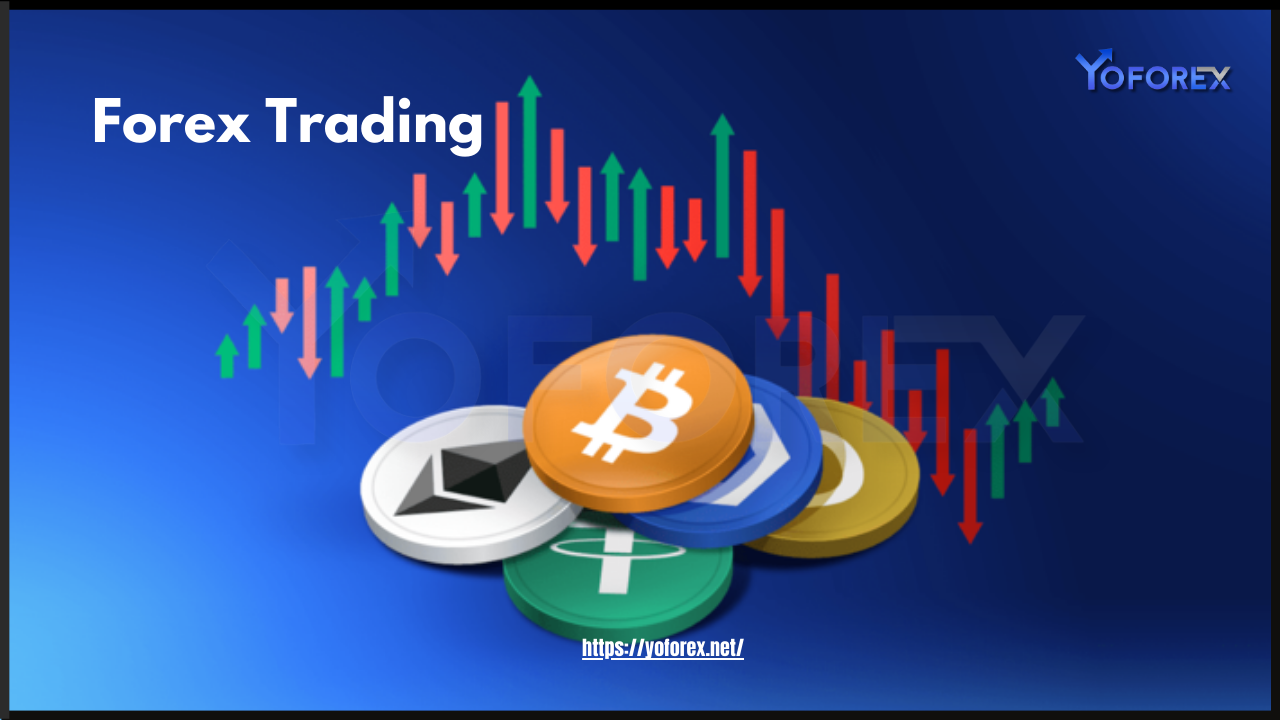The financial landscape is undergoing a seismic shift as cryptocurrencies increasingly intersect with traditional forex trading. What began as a niche digital asset class has now become a transformative force, reshaping how currencies are traded, portfolios are diversified, and markets are accessed. This blog explores the growing role of cryptocurrencies in forex trading, highlighting key trends, opportunities, and challenges that traders and investors must navigate in this evolving landscape.
1. The Emergence of Cryptocurrencies in Forex Trading
Cryptocurrencies, led by Bitcoin and Ethereum, have transitioned from speculative assets to mainstream financial instruments. Their decentralized nature, powered by blockchain technology, offers transparency, security, and 24/7 market availability—features that traditional forex markets lack. This has led to the integration of cryptocurrencies into forex trading platforms, with brokers now offering trading pairs like BTC/USD and ETH/EUR, allowing traders to speculate on the interplay between digital and fiat currencies.
The rise of stablecoins, such as USDT and USDC, has further bridged the gap between crypto and forex. These digital assets pegged to stable fiat currencies, provide a hedge against volatility while retaining the benefits of blockchain technology. As a result, stablecoins are increasingly used in cross-border transactions, enhancing liquidity and efficiency in forex markets.

2. Key Trends Shaping the Crypto-Forex Nexus
2.1 Central Bank Digital Currencies (CBDCs)
One of the most significant trends is the development of Central Bank Digital Currencies (CBDCs). Countries like China, the United States, and several European nations are piloting CBDCs, which are expected to reduce reliance on traditional fiat currencies and increase transaction transparency. For forex traders, CBDCs represent a new class of digital assets with lower volatility compared to decentralized cryptocurrencies, making them attractive to conservative investors.
2.2 Decentralized Finance (DeFi)
DeFi is revolutionizing forex trading by eliminating intermediaries like banks and brokers. DeFi platforms enable peer-to-peer trading of digital assets, reducing transaction costs and increasing market accessibility. This trend is particularly beneficial for traders in regions with underdeveloped financial infrastructure, as it provides direct access to global markets.
2.3 Automation and AI in Trading
Artificial intelligence (AI) and automation are becoming indispensable tools in the crypto-forex space. AI-driven algorithms analyze vast datasets to predict price movements and identify trading opportunities. Automated trading systems execute trades faster and more accurately than humans, minimizing errors and maximizing efficiency. These technologies are particularly effective in managing the high volatility and rapid transaction times characteristic of cryptocurrencies.
3. Opportunities for Traders
3.1 Diversification and Portfolio Management
Cryptocurrencies offer forex traders a new asset class for diversification, potentially reducing overall portfolio risk. By incorporating digital assets into their strategies, traders can capitalize on the unique price movements of cryptocurrencies, which often diverge from traditional forex trends.
3.2 Enhanced Liquidity and Market Accessibility
The 24/7 nature of cryptocurrency markets complements the traditional forex market’s operating hours, ensuring continuous trading opportunities. This enhanced liquidity is particularly valuable during periods of low activity in forex markets, such as weekends or holidays.
3.3 Arbitrage Opportunities
Price discrepancies between cryptocurrency exchanges and forex platforms create arbitrage opportunities. Traders can exploit these differences using advanced tools like SharpTrader, which automates arbitrage strategies across multiple exchanges, maximizing efficiency and profitability.
4. Challenges and Risks
4.1 Volatility and Market Uncertainty
While cryptocurrencies offer lucrative opportunities, their volatility remains a double-edged sword. Rapid price fluctuations can lead to significant gains but also substantial losses. Traders must employ robust risk management strategies, such as stop-loss orders and position sizing, to mitigate these risks.
4.2 Regulatory Uncertainty
The regulatory landscape for cryptocurrencies is still evolving, with different jurisdictions adopting varying approaches. This lack of uniformity creates confusion and potential legal risks for traders operating across borders. However, increased regulation could also bring legitimacy to the market, attracting institutional investors.
4.3 Cybersecurity Threats
The digital nature of cryptocurrencies makes them vulnerable to hacking and cybercrime. Traders must prioritize security measures, such as two-factor authentication and cold storage, to protect their assets from breaches.
5. The Future of Crypto-Forex Trading
The integration of cryptocurrencies into forex trading is set to deepen in the coming years. Institutional adoption, driven by clearer regulatory frameworks and the development of hybrid financial products, will further legitimize digital assets. Innovations, like tokenized forex options and futures, are expected to emerge, offering traders new ways to engage with the market.
Moreover, the role of AI and blockchain technology will continue to expand, enhancing transparency, efficiency, and accessibility. As the crypto-forex nexus matures, traders who embrace these advancements and adapt to the evolving landscape will be well-positioned to thrive.
Conclusion
The growing role of cryptocurrencies in traditional forex trading represents a paradigm shift in the financial world. From the rise of CBDCs and DeFi to the integration of AI and blockchain, this fusion of digital and traditional assets offers unprecedented opportunities for traders. However, it also comes with challenges, including volatility, regulatory uncertainty, and cybersecurity risks. By staying informed, leveraging advanced tools, and adopting robust risk management practices, traders can navigate this dynamic landscape and unlock the full potential of crypto-forex trading.

